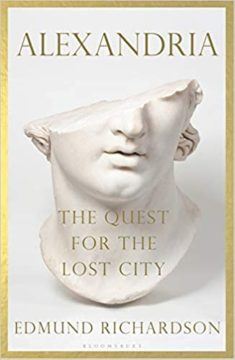William Dalrymple in The Guardian:
 In the hot summer of 1840, the young orientalist Henry Rawlinson arrived in Karachi and began anxiously searching for his mentor, the pioneering archaeologist of Afghanistan, Charles Masson. The rumours he had heard profoundly alarmed him.
In the hot summer of 1840, the young orientalist Henry Rawlinson arrived in Karachi and began anxiously searching for his mentor, the pioneering archaeologist of Afghanistan, Charles Masson. The rumours he had heard profoundly alarmed him.
Rawlinson was a rising star: he had recently made his name by helping decipher ancient Persian cuneiform script; but he looked up to Masson as a far greater scholar. For more than a decade, Masson had wandered, alone and on foot, exploring Afghanistan, collecting coins and inscriptions, studying ruins and making sketches.
The bilingual Hellenistic coins Masson had sent to Calcutta, minted by men with names such as Pantaleon, King of North India and Demetrius Dharmamita, had been like miniature Rosetta stones. They had provided the key for scholars to understand the profoundly hybrid, Greco-Buddhist ancient history of the region. The coins of Heliochles of Balkh were typical: they showed a Roman profile on one side – large nose, imperial arrogance in the eyes – but on the reverse Heliochles chose as his symbol a humped Indian Brahmini bull.
More here.
